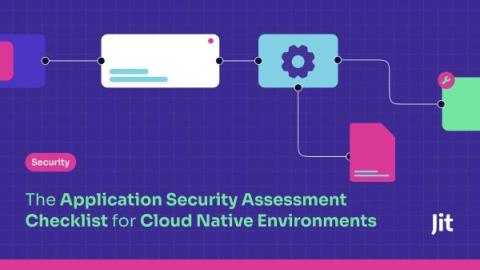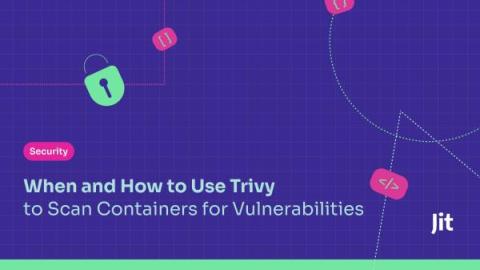The Top 5 Free Vulnerability Scanners of 2024
Free vulnerability scanners are a great way to begin scanning your cloud applications and infrastructure for security issues, and proactively resolving vulnerabilities before attackers can find them. These tools can be implemented at every stage of the SDLC, from code planning to production, depending on your preferences and objectives. As a domain, vulnerability scanners cover use cases such as code scanning, dependency reviews, and secret detection.











